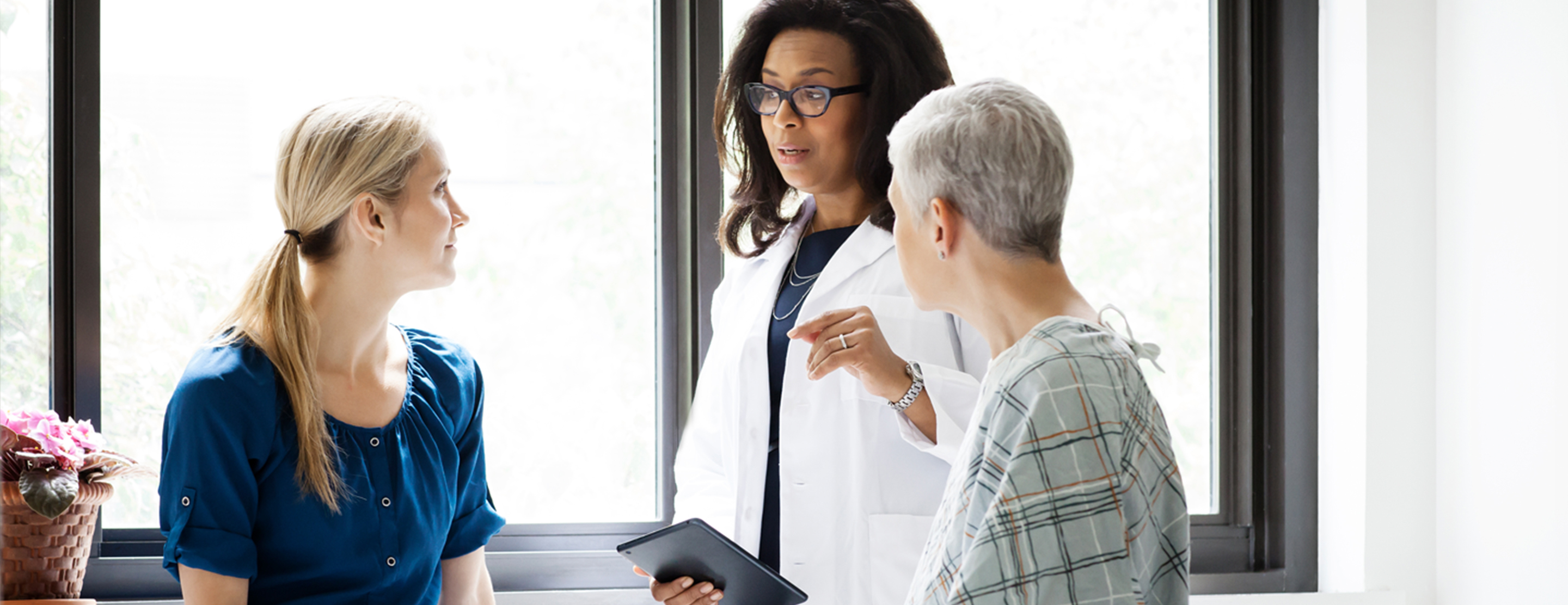
Abdominal wall fat pad biopsy
Definition
An abdominal wall fat pad
Alternative Names
Amyloidosis - abdominal wall fat pad biopsy; Abdominal wall biopsy; Biopsy - abdominal wall fat pad
How the Test is Performed
Needle
The health care provider cleans the skin on your belly area. Numbing medicine will be applied on or injected into the area. A needle is placed through the skin and into the fat pad under the skin. A small piece of the fat pad is removed with the needle. It is sent to a laboratory for analysis.
How to Prepare for the Test
No special preparation is usually necessary. However, follow any specific instructions your provider gives you.
How the Test will Feel
You may have some mild discomfort or feel pressure when the needle is inserted. Afterward, the area may feel tender or be bruised for several days.
Why the Test is Performed
The procedure is done most often to test for
Diagnosing the disease in this way may avoid the need for a biopsy of a nerve or an internal organ, which is a more difficult procedure.
Normal Results
The fat pad tissues are normal.
What Abnormal Results Mean
In the case of amyloidosis, abnormal results mean there are amyloid deposits.
Risks
There is a slight risk for infection, bruising, or slight bleeding.
References
Gertz MA. Amyloidosis. In: Goldman L, Schafer AI, eds. Goldman-Cecil Medicine. 26th ed. Philadelphia, PA: Elsevier; 2020:chap 179.
Review Date: 02/28/2023
The information provided herein should not be used during any medical emergency or for the diagnosis or treatment of any medical condition. A licensed physician should be consulted for diagnosis and treatment of any and all medical conditions. Call 911 for all medical emergencies. Links to other sites are provided for information only -- they do not constitute endorsements of those other sites. Copyright ©2019 A.D.A.M., Inc., as modified by University of California San Francisco. Any duplication or distribution of the information contained herein is strictly prohibited.
Information developed by A.D.A.M., Inc. regarding tests and test results may not directly correspond with information provided by UCSF Health. Please discuss with your doctor any questions or concerns you may have.





